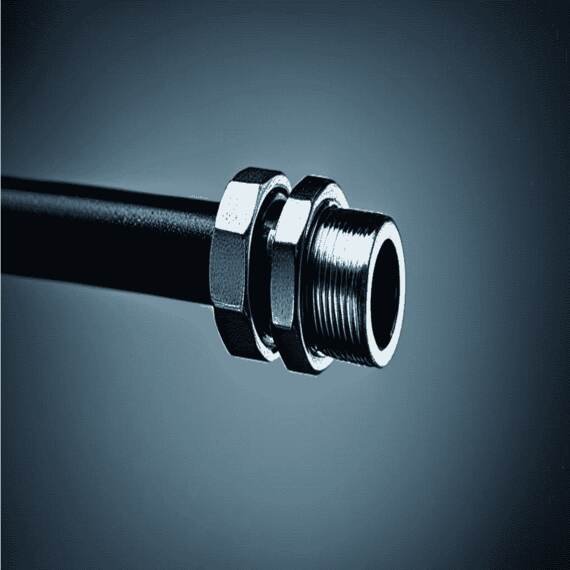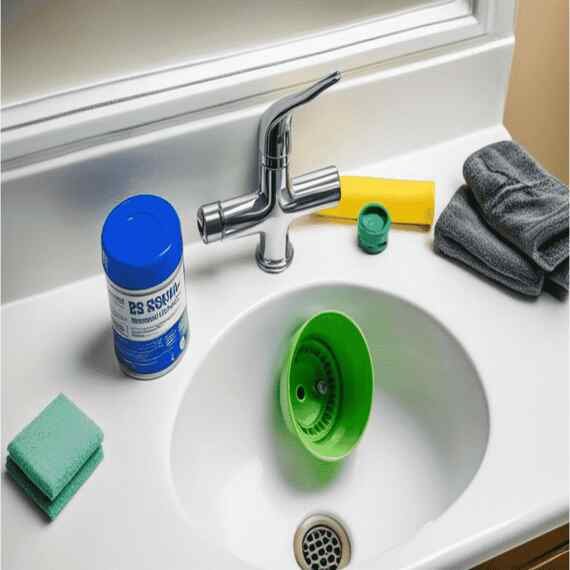Is your bathroom sink giving you trouble draining? A clogged sink can be a real pain, but luckily it’s often an easy fix. Here’s a straightforward guide to unclog your bathroom sink and get it draining smoothly again in no time.
Key Points: How to Unclog Bathroom Sink
- Use a plunger, gloves, bucket, wire hanger/cable auger, baking soda, vinegar, and hot water as necessary tools and materials for unclogging your bathroom sink.
- Start by removing any standing water in the sink to make the unclogging process easier.
- Create a foaming agent by mixing equal parts of baking soda and vinegar, and let it sit in the drain to break down debris and blockages.
- If the blockage persists, use a plunger or a wire hanger/cable auger to further clear the drain.
- Prevent future clogs by regularly cleaning your sink and avoiding dumping large amounts of debris down the drain.
Gather the Necessary Tools and Materials
Before you begin the unclogging process, make sure you have the following tools and materials handy:
- A plunger
- A pair of gloves
- A bucket
- A wire hanger or cable auger
- Baking soda
- Vinegar
- Hot water
Having these tools and materials readily available will make the unclogging process much smoother. The plunger will be used to create suction and pressure, the gloves will protect your hands, the bucket will catch any water or debris, and the wire hanger or cable auger will help remove stubborn clogs.
Baking soda, vinegar, and hot water are natural ingredients that can effectively break up blockages in the pipes.

Certainly! It’s crucial to ensure you have all the required tools and materials ready before beginning the unclogging procedure. Being well-prepared will help you save both time and frustration throughout the process.
Remove Standing Water
Before you can effectively unclog your bathroom sink, it’s important to remove any standing water that may be present. This will make the unclogging process much easier and more efficient. Here are two simple methods you can try to remove the standing water:
Method 1: Use a Bucket
If the water level in your sink isn’t too high, you can simply use a bucket to collect and pour out the standing water. Place the bucket under the sink and carefully scoop the water into it. Once the sink is empty, you can move on to the unclogging process.
Method 2: Try Using a Plunger
If the water level is too high or the bucket method doesn’t work, you can try using a plunger to force the water down the drain. Here’s how:
- Place a plunger over the drain opening, making sure it covers the entire area.
- Hold the plunger firmly and apply downward pressure to create a tight seal.
- Pump the plunger up and down vigorously for about 10-15 seconds.
- Release the plunger and check if the standing water has gone down the drain. If it hasn’t, repeat the process a few more times until the water clears.
Once you have successfully removed the standing water, you are ready to proceed with the unclogging process. Remember, it’s important to take these initial steps to ensure a smoother and more effective unclogging experience.

In the next section, we will explore how you can use a simple yet powerful combination of baking soda and vinegar to unclog your bathroom sink. This natural and chemical-free method can effectively break down stubborn blockages and restore proper water flow. Stay tuned!
Use Baking Soda and Vinegar
One effective and natural method to unclog a bathroom sink is by using a combination of baking soda and vinegar. This powerful duo creates a foaming agent that can help break down debris and clear blockages in the pipes.
To start, gather equal parts baking soda and vinegar in a bowl. Mix them until they form a paste-like consistency. Then, pour the mixture down the drain, making sure it reaches the clogged area.
| Using Baking Soda and Vinegar |
|---|
| 1. Mix equal parts baking soda and vinegar in a bowl. |
| 2. Pour the mixture down the drain. |
| 3. Let it sit for approximately 30 minutes. |
| 4. Flush the drain with hot water to rinse away debris. |
Let the baking soda and vinegar solution sit in the drain for approximately 30 minutes. During this time, the foaming action of the mixture will work its magic, loosening and dissolving any buildup that is causing the clog.
After the 30-minute wait, flush the drain with hot water to rinse away the dissolved debris. This step will help to ensure that the blockage is fully cleared, allowing water to flow freely through the sink again.
Note: The combination of baking soda and vinegar creates a chemical reaction that produces carbon dioxide gas. This gas helps to break down the blockage in the pipes and eliminate the clog. Additionally, baking soda acts as a natural deodorizer, leaving your sink smelling fresh.
Plunge or Snake the Drain
If the baking soda and vinegar method didn’t fully unclog the sink, it’s time to try using a plunger or a wire hanger/cable auger to further break up the blockage.
These tools provide additional force to dislodge stubborn debris and restore the proper flow of water in your bathroom sink.
Plunger Method
To plunge the drain, follow these steps:
- Start by creating a tight seal around the drain with the plunger.
- Push the plunger down firmly and then pull it back up quickly. Repeat this motion several times to create suction and pressure.
- After a few plunges, check if the water begins to drain properly. If not, continue plunging until you notice an improvement.
If the plunger method doesn’t yield the desired results, it’s time to move on to snaking the drain.
Snake Drain Method
Snaking the drain involves using a wire hanger or a cable auger to physically break up the clog. Here’s how you can do it:
- Get a wire hanger or a cable auger and straighten it out if needed.
- Insert the wire into the drain and gently twist it while pushing it further, being careful not to cause any damage.
- Continue pushing and twisting the wire until you feel resistance or the blockage starts to break up.
- Once the wire has penetrated the clog, slowly pull it out, bringing the debris with it.
Repeat the process a few times if necessary, flushing hot water down the drain afterward to remove any remaining debris.
Remember, if you’re uncomfortable using a wire hanger or cable auger, it’s always best to seek professional help to avoid causing damage to your plumbing system.
Now that you’ve learned how to plunge and snake the drain, you can confidently tackle any bathroom sink clogs. These methods will help you avoid the inconvenience of a blocked sink and keep your bathroom running smoothly.

Conclusion
Don’t panic over a slow-draining bathroom sink! This guide will help you clear the clog with ease and get your sink functioning normally again. Remember, prevention is key! By keeping your drain clean and avoiding things like grease, hair, and large debris, you can prevent future clogs.
Here’s what you’ll need: a plunger, wire hanger, or cable auger (for tougher clogs), baking soda, vinegar, and hot water. With these tools and a little effort, you can keep your bathroom running smoothly and avoid the annoyance of a clogged sink.
FAQ – How to Unclog a Bathroom Sink
1. What tools and materials do I need to unclog a bathroom sink?
You will need a plunger, gloves, bucket, wire hanger or cable auger, baking soda, vinegar, and hot water.
2. How do I remove standing water from the sink?
You can use a bucket to scoop out the water or employ a plunger to force the water down the drain.
3. How does the baking soda and vinegar method work?
Mixing equal parts baking soda and vinegar creates a foaming agent that helps break down debris and clear blockages in the pipes.
4. What should I do if the clog persists after using baking soda and vinegar?
If the clog persists, you can use a plunger or a wire hanger/cable auger to further break up the blockage.
5. How do I use a plunger to unclog the sink?
Create a tight seal around the drain with the plunger, apply downward pressure, and quickly pull it back up. Repeat this motion several times to create suction and pressure.
6. Can I use a wire hanger to snake the drain?
Yes, straighten out a wire hanger and gently twist it while pushing it into the drain until you feel resistance or the blockage starts to break up.
7. Is it safe to use baking soda and vinegar in my sink?
Yes, baking soda and vinegar are natural ingredients that are safe to use and can effectively break up blockages without causing damage to your plumbing system.
8. How often should I clean my sink to prevent clogs?
It’s recommended to clean your sink regularly using mild soap and warm water to prevent debris buildup and potential clogs.
